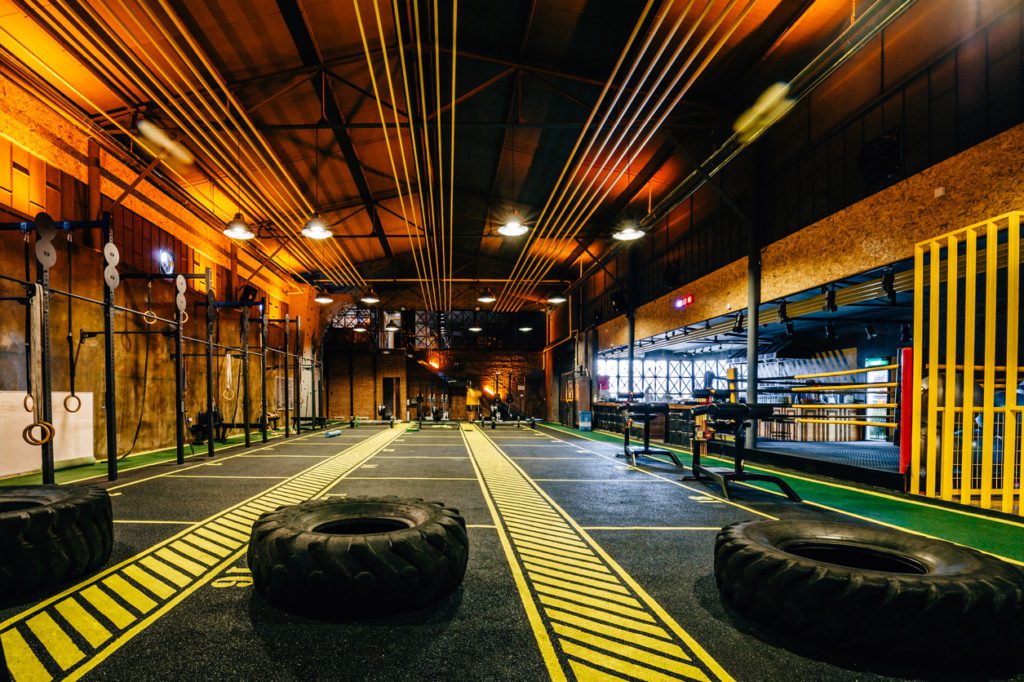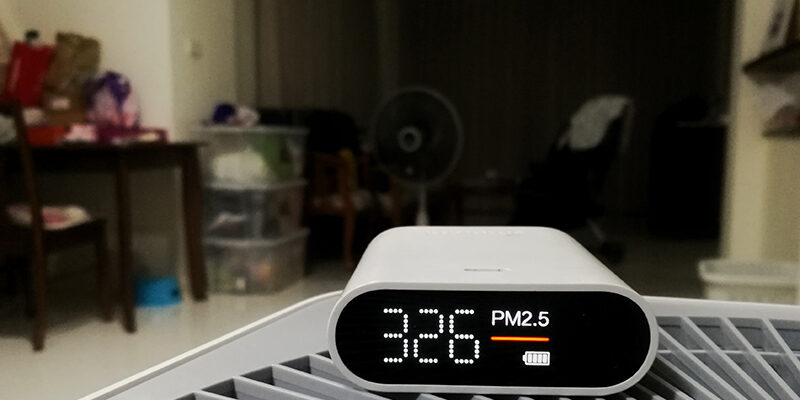Resilient Flooring Classification Identification

By Stan Hulin
Resilient flooring constitutes one of the largest categories of hard surface flooring. The key part of the term is the word “resilient,” which means to spring back into shape.
The resilient property in flooring materials is the elastic energy that causes it to regain its original shape after being subjected to indentation from heavy loads, except for poured, seamless flooring. It is a hard surface that is not flexible at all yet belongs in the resilient category.
The resilient category includes linoleum, cork, rubber, vinyl, and poured, seamless flooring products. Although these flooring materials are classifications within the resilient category, there are some differences in the way they are maintained, particularly in the restorative service procedures. Identification of resilient flooring helps to determine which floor maintenance chemical system and floor maintenance programs are best suited for the individual classifications.
Resilient flooring may come in sheets (rolls), tiles, or planks, or they can be applied fluid, as is the case with poured, seamless flooring. Sometimes it can be very difficult to visually determine which is which, so it is always best to find out from the architect, distribution company, general contractor, or even the owner. The following list is a brief description of the most common resilient flooring used today.
Linoleum
Invented in the mid-19th century, linoleum has been around for a long time. Although, there are some slight variations in ingredients from manufacturer to manufacturer, linoleum floors are still made in pretty much the same way they have always been. The ingredients in linoleum consist of cork, wood flour, natural resins, limestone talc, and color pigments mixed with linseed oil, hence the name linoleum, which are then pressed on a jute backing. Linoleum comes in sheet and tile form and is sensitive to moisture, abrasion, and high-pH (above 10) cleaning and stripping chemicals.
Cork
This flooring material is manufactured from the bark of the cork oak tree and can be made in sheet or tile form. Most often cork flooring is manufactured in 12-by-12-inch tiles with variations of raw cork (with no seal or polish), traditional cork (with paste wax), and those with polyurethane, factory-applied coatings, the latter being the most common. Usually these floors are easily identified as cork because of how they look — like cork.
Identification of the factory polish or natural surface is essential for the long-term maintenance of cork flooring, each surface requires different maintenance methods. Cork flooring is sensitive to moisture and abrasion, making daily or routine removal of dry particulate soil, followed by damp mopping, important for longevity.
Rubber
Rubber has been around longer than linoleum but did not fare well in its early years. Currently it is doing quite well, but due to its properties and characteristics, it can be a challenging surface to maintain. Rubber is most commonly identified by raised, round or square profiling; however, it also comes smooth and in various textures such as hammered and embossed. There is also crumb or recycled rubber that is manufactured in sheets, tiles, and interlocking forms. Although not water sensitive, rubber is an abrasion- and chemical-sensitive surface that requires following the manufacturer’s recommendations in detail.
Poured, seamless flooring
Fluid applied flooring, resinous flooring, and poured, seamless flooring are considered the same or very much alike. They are manufactured as epoxy, urethane, or other chemically based systems and are extremely durable. They are easily identifiable because they are generally homogenous and uniform on the floor and cove base. Seamless flooring is one of the most durable, resilient surfaces making, it relatively easy to clean.
Vinyl flooring
The most common resilient flooring material is vinyl, which also comes in sheet, tile, and plank form. Introduced in the early 20th century, vinyl has evolved into contemporary classifications such as homogeneous and heterogeneous sheet flooring and various solid and composition tiles.
The largest classification of vinyl flooring today is called luxury vinyl tile and plank. This classification has sub-classifications that are similar, but they have enough differences that caring for them will require closely following the manufacturer’s recommendations to ensure proper maintenance.
For those interested in expanding into hard floor cleaning, understanding the resilient category is essential, as it makes up a substantial portion of modern floors.
Stan Hulin has over four decades of hard floor maintenance, services, training, education, sales and marketing, and management experience with companies such as ABM, DuPont, and milliCare. He is president and CEO of Future Floor Technology Inc. and the League of Hard Flooring Professionals. He can be reached at [email protected].












